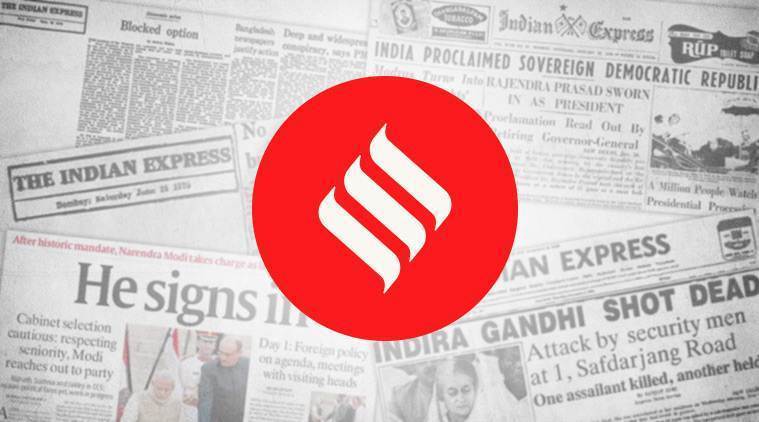Opinion Where I am
North Pole is shifting, and Google Maps may not work as well anymore. It’s time to re-navigate the city.
 Slapping sedition charges on people for staging a play that allegedly insulted the prime minister, raising slogans and statements shows a deliberate misinterpretation of the law with the intent to curb dissent.
Slapping sedition charges on people for staging a play that allegedly insulted the prime minister, raising slogans and statements shows a deliberate misinterpretation of the law with the intent to curb dissent.  The North Pole, it turns out, is shifting eastwards at an unprecedented pace. About 15 years ago, this would have made little difference to the daily lives of people and even Google Maps relies largely on satellite imaging, which is mostly unaffected by this shift.
The North Pole, it turns out, is shifting eastwards at an unprecedented pace. About 15 years ago, this would have made little difference to the daily lives of people and even Google Maps relies largely on satellite imaging, which is mostly unaffected by this shift.
In the last few years, the only time street names have mattered, really, is when they are being changed. And as they are burdened with the onerous task of rewriting history and fulfilling the demands of a majoritarian politics, their primary purpose has been lost. Since the advent of Google Maps and other navigation systems on the smartphone, the name of a place is no longer the marker it once was — a pleasant, if obviously artificial, voice guides you along the way. A sense of direction — like the memory for phone numbers — has been outsourced to technology. Now, it appears that it’s time to go back to navigating by direction, not dictation.
The North Pole, it turns out, is shifting eastwards at an unprecedented pace. About 15 years ago, this would have made little difference to the daily lives of people and even Google Maps relies largely on satellite imaging, which is mostly unaffected by this shift. But now, in addition to its implications for industries and sectors that rely on the magnetic north — airports, defence, drilling — it will affect smartphones as well. Most contemporary phones have three magnetic sensors that tell the direction the user is facing. This feature could be compromised with the pole shifting, and people would be, quite literally, direction-less.
Learning to navigate by memory, and, more importantly, asking for directions may not be a terrible development. In fact, in India, it is a necessary skill. The spate of frequent internet shutdowns means that Google is of erratic help across cities in India. And since Section 144 of the Criminal Procedure Code (deployed recently with increasing frequency) ensures that no more than four people gather at a time in one place, there is the joy of an illicit pleasure to the simple act of asking for directions.



